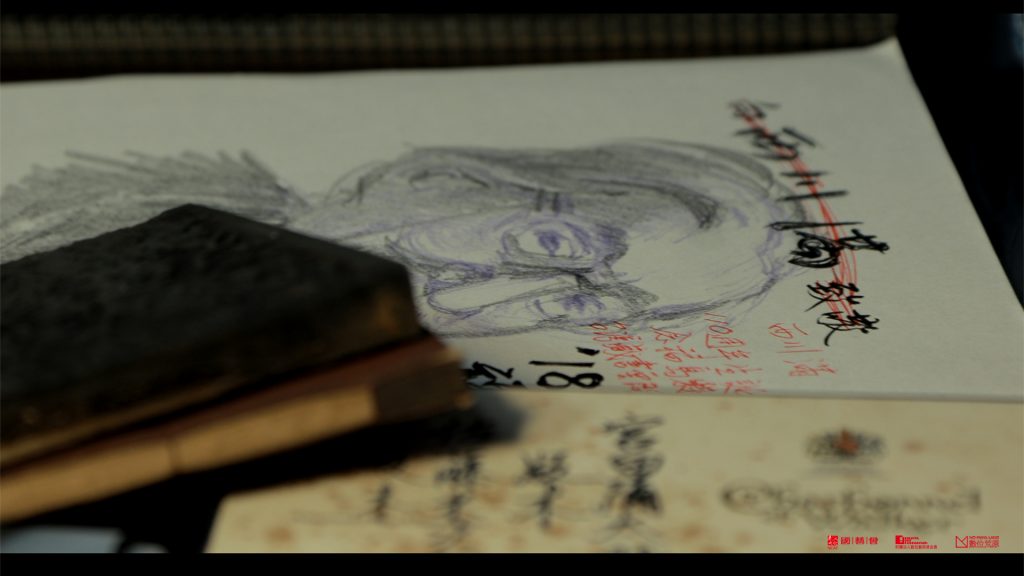Browse

Mitsuru Nishikawa and “Star of Human” — Imagination and Projection of Artist’s Devotion and National Politics
“Star of Human” is a project by artist Chen Fei-hao, featuring Japanese writer Mitsuru Nishikawa in pre-war Taiwan. The writer, born in Aizuwakamatsu City in Fukushima, was considered, by pre-war Tawainese literates, to be representative of Japan’s viewpoint of Taiwan and the literary of romanticism and aestheticism. As an iconic Japanese writer from the colonial era, Nishikawa is highly controversial in Taiwanese literature history. The “Kuso-Realism” debate has marked a significant page in the pre-war Taiwanese literature history. Interestingly, his work, which is characteristic of Taiwan, was only to be re-introduced back in Taiwan by literary scholar Zhang Liang-ze, local writer Yeh Shih-tao, Chen Qian-wu from Li Poetry Society, et al., after which different perceptions and interpretations have come along in a different era. Mitsuru Nishikawa’s “Yuan Xiao Ji” (literal translation: The Story of Yuan Xiao; traditional Chinese: 元宵記), a book of collaboration with the printmaker Pan Yuan-shi after the war, is a dream item eagerly sought after by today’s ancient book lovers.
An artist’s career and his/her prominence in art history are often subject to the political climate and the ensuing perceptions and interpretations. Take Nishikawa as an example, the verdict on his life work has been shifting along with the progress of Taiwanese identity as well as the history. Despite the complexities of the politics and the imagination of the nation-state, the journey of Nishikawa’s work re-entering Taiwan after the ending of the martial law somewhat symbolizes the memory on the land of Taiwan as the common ground reached amongst pre-war Taiwanese writers, Taiwanese nationalists, and Japanese writes residing in Taiwan. At the invitation of the local community “The New North Art Club” (新北方美術倶楽部) in Fukushima, Japan, Chen Fei-hao visited Aizuwakamatsu City in Fukushima and Tokyo for residency this July and researched on Nishikawa’s career in Taiwan, Fukushima, and Tokyo.
Biography
Chen Fei-hao, born in 1985, is clever at writing and resorting to conceptual photography and moving images to interpret various issues associated with history and culture as well as social changes, and he also combines images with such media as installations, videos, and literature to probe into the possibilities of the convergence among different media. He was the participating artist of 2016 Taipei Biennale, 2017 “Jodori Khiang-Community Artfest” at Taipei Artist Village, and “Shattered Sanctity” at the Museum of Contemporary Art Taipei and Taiwan Air Force Innovation Base (TAF).